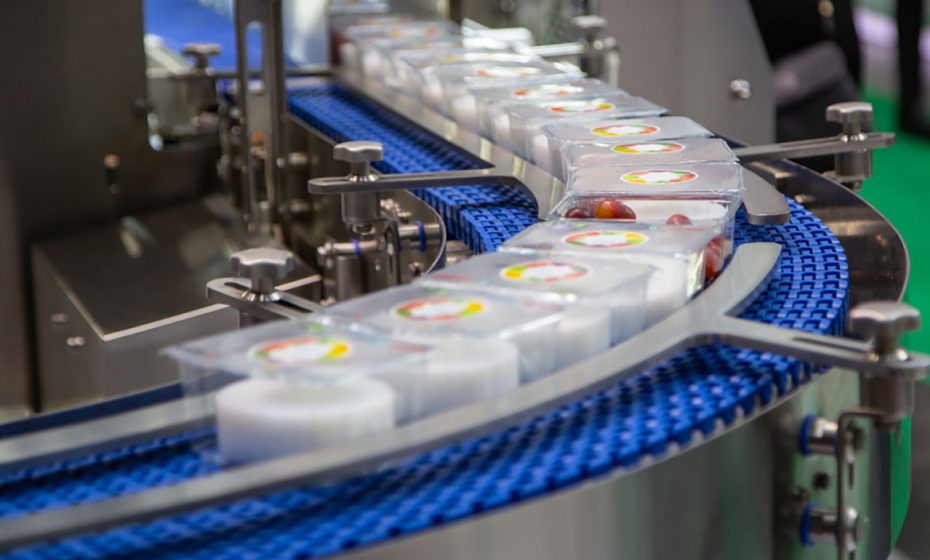
The food and beverage industry has seen lots of different changes over the last couple years. The COVID-19 pandemic quickly altered the way most people buy and consume their food. Instead of delivering to restaurants, many food and beverage manufacturers had to shift their focus to grocery stores.
More consumers are now ordering their food online than ever before, with most expecting it to arrive in a few hours or less. Disruptions to the global supply chain have also wreaked havoc on the industry. The rate of theft has been increasing while packages sit on the docks for days or weeks at a time.
So, what does this mean for food packaging? Find out what to expect in 2022.
1. Reusable Packaging
The food industry is a big part of the growing climate crisis. Food and food packaging make up about 45% of all the materials in U.S. landfills, according to the Environmental Protection Agency. Manufacturers are trying to keep their packages out of the trash with reusable packaging. These containers can be used more than once without breaking down or contaminating the contents. They also help protect the food from sudden changes in temperature.
Consumers are looking to support companies that utilize these types of containers. They will also enjoy using the container for storage or enjoying food on the go. That means moving away from plastic shrink wrap and toward sustainable containers like those made of metal, high-quality plastic and aluminum.
Use Industrial Bulk Bags to Move Your Ingredients

2. Tamper-Proof and Smart Packaging
Food and beverage manufacturers can never be too careful when it comes to protecting their products. They need to insulate them from the outside world to keep bacteria at bay. A crack, leak or opening of any kind could easily contaminate the contents, leading to the spread of bacteria and disease. The food also can’t drop below or rise above a certain temperature.
With so many variables to consider, manufacturers are putting their goods in smart packages, so they will know whether the contents are safe for human consumption. The container will issue an automatic alert if someone tries to open the container or if it gets damaged along the way. The company can then pull these items out of rotation to keep the public safe from harm.
The global health crisis has only accelerated the move toward smart packaging. Travel delays can keep packages in transit for long periods of time. The company will need to track the condition and temperature of the product in real-time as it moves toward the destination.
When it comes to preventing theft and tampering, companies can use wooden crates in which to seal their products for long periods of time. These crates can only be opened with a crowbar, which adds another layer of security.
Find Super Sacks for Sale Online
3. Interactive Packaging
In addition to keeping food products safe, smart packaging can provide detailed information about the product and how it was made. The package will usually contain a QR code that the customer can scan with their smartphone. This code directs them to a website with more information about the product.
Many customers are willing to pay more for products that were made using sustainable farming methods. This tag can help tell the story of the product. Companies that remain committed to the environment can quickly share their initiatives with the consumer. For example, using IBC totes is a great way to conserve water and limit waste in the supply chain.

4. The Rise of Automation
Many food and beverage companies were exploring automation before the pandemic, but the recent crisis has only accelerated the pace of automation. Companies can’t afford to have their workers call out sick. To limit the spread of disease, many plants are using automation in new and surprising ways. In addition to filling and moving containers, these machines are handling every aspect of the manufacturing process. Even suppliers are investing in this technology. For example, farmers may use automated forklifts to move bulk bags in and out of the processing facility.
The food packaging industry is changing fast. Keep these trends in mind to make sure you don’t get left behind.
Images:
Goncharov_Artem/Shutterstock.com
Itsanan/Shutterstock.com
Stanslavs/Shutterstock.com
